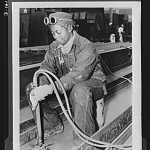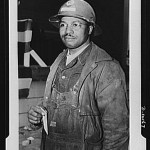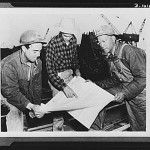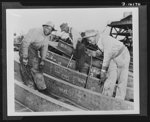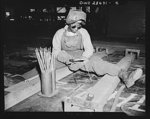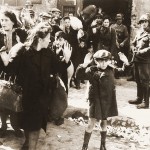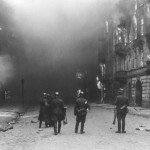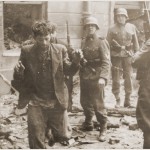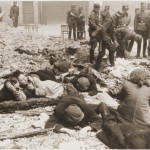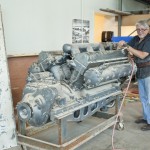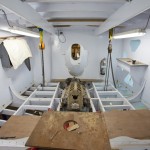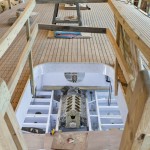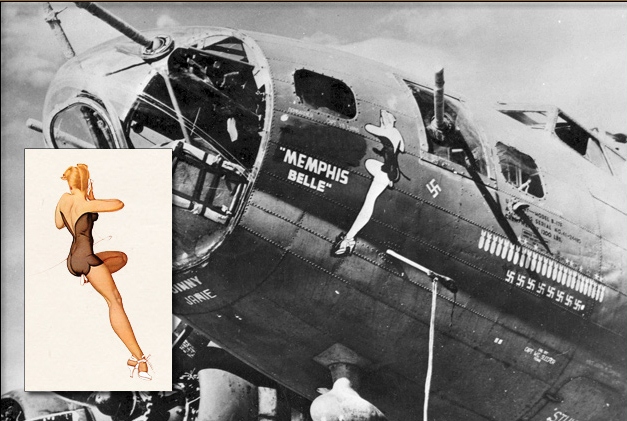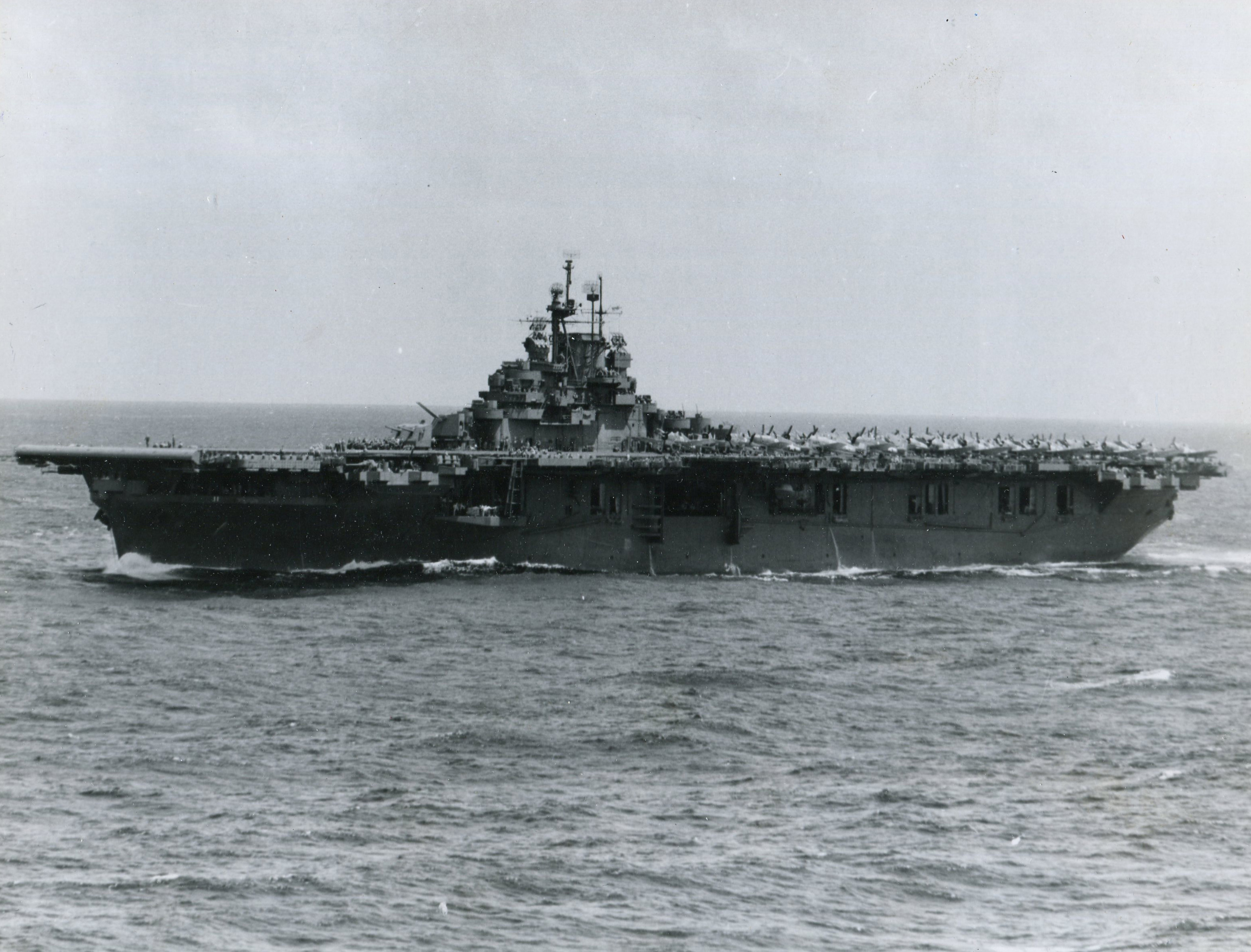70th Anniversary: “Mincemeat Swallowed Whole”
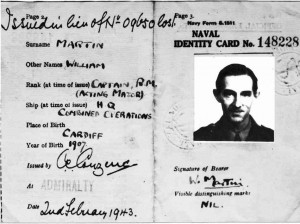 Seventy years ago today, the mission of acting Major William Martin of the British Royal Marines was determined to have been a success. The top secret operational documents on the planned Allied invasion of the Balkans and Sardinia Martin had carried with him had been intercepted and transmitted all the way up to the highest levels of the German high command and even to Adolf Hitler himself. This seemingly disastrous outcome was a positive for the Allies because the success of Martin’s mission, Operation: Mincemeat, hinged upon the Germans discovering and believing the documents that he carried with him to be real when in fact they actually composed a part of one of WWII’s most ambitious and elaborate misinformation campaigns. Nothing about the documents was real: not even their carrier.
Seventy years ago today, the mission of acting Major William Martin of the British Royal Marines was determined to have been a success. The top secret operational documents on the planned Allied invasion of the Balkans and Sardinia Martin had carried with him had been intercepted and transmitted all the way up to the highest levels of the German high command and even to Adolf Hitler himself. This seemingly disastrous outcome was a positive for the Allies because the success of Martin’s mission, Operation: Mincemeat, hinged upon the Germans discovering and believing the documents that he carried with him to be real when in fact they actually composed a part of one of WWII’s most ambitious and elaborate misinformation campaigns. Nothing about the documents was real: not even their carrier.
In the run-up to the invasion of Sicily (Operation: Husky), Allied intelligence sought to deceive German and Italian forces as to the identity of their next target in hopes of diverting Axis military strength away from the location of their true objectives. One portion of this deception campaign, Operation: Mincemeat, called for fake documents detailing plans for an Allied invasion through Greece and Sardinia – not Sicily – to be found on the corpse of a downed British pilot, Major William Martin. However, in order for this plan to work, William Martin would need to be invented as he did not – in fact – exist.
After weeks of fruitless searching for a suitable candidate, the body that would serve as Martin was found in the person of a homeless Welshman, Glyndwr Michael, who had recently died in London. Michael was put on ice – literally – to stave off decomposition while members of British Naval Intelligence Division – including future James Bond creator Ian Fleming – concocted Martin’s identity, including fake letters from family, tickets to a popular show, a receipt from a recent jewelry purchase and even an angry overdraft notice from a non-existent bank manager.
When Major Martin was ‘ready,’ he was attired in the battledress of a Royal Marine, attached by chain to the briefcase carrying his secret documents and transported by the submarine HMS Seraph to just off the coast of Huelva, in southern Spain: a town in which German intelligence agents were known to operate.
On the early morning of April 20, 1943, Glyndwr Michael as Major William Martin was pushed into the sea to be brought ashore by the incoming tide. Discovered on the same day, Martin’s body was buried with full military honors on May 2. Not returned until 70 years ago today, however, were the false documents.
Upon their return on May 13, 1943, British intelligence correctly deduced that the sealed papers had been opened and that ‘Mincemeat [had been] Swallowed Whole’ which was the message transmitted first to Winston Churchill and then to the United States.
German leadership in general and Hitler particularly clung to the belief in the veracity of the Mincemeat documents, failing to commit more troops to southern Italy even after the invasion of Sicily had begun while also redirecting German forces away from the Eastern Front; troops and leadership that would prove fatally absent in the Battle of Kursk. The invasion of Sicily was likewise a success, with Allied losses likely numbering several thousand fewer than if Mincemeat had failed. These intelligence weaknesses would be exploited again one year later in the preparation of Operation: Overlord.
The story of Operation: Mincemeat has understandably proven quite popular, inspiring films and documentaries, including the 1953 book and 1956 motion picture appropriately entitled The Man Who Never Was. Glyndwr Michael as William Martin was buried in Huelva, Spain. In 1998, the inscription GLYNDWR MICHAEL; SERVED AS MAJOR WILLIAM MARTIN, RM was added to his grave-stone by the British government.
This post by Collin Makamson, Red Ball Express Coordinator @ The National WWII Museum
- Posted :
- Post Category :


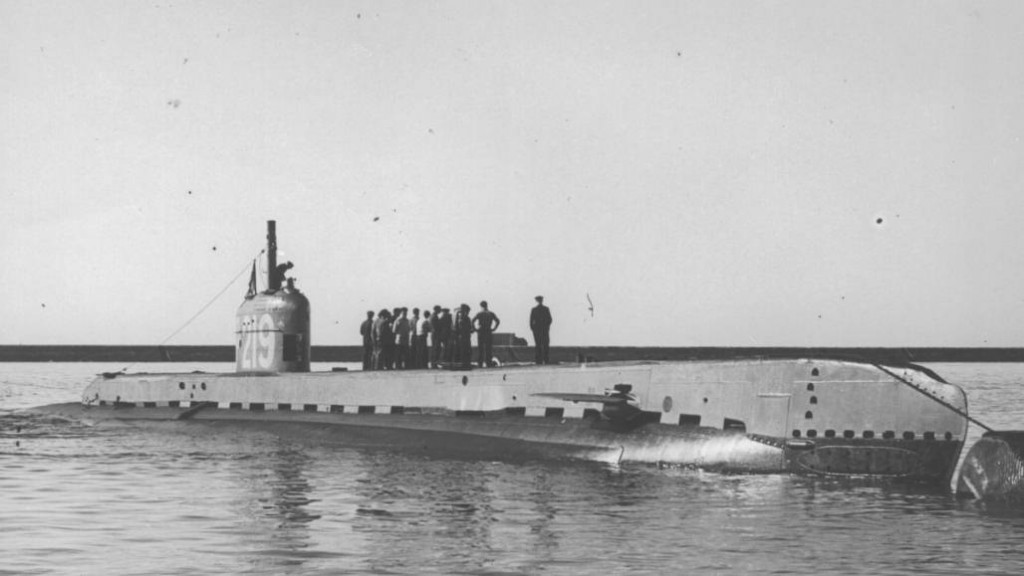
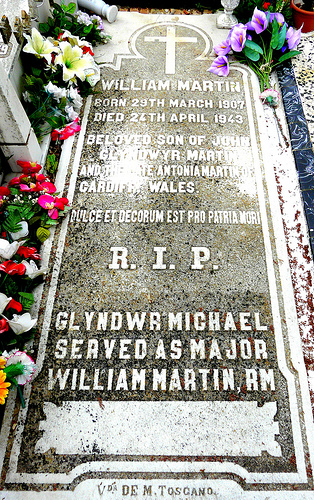
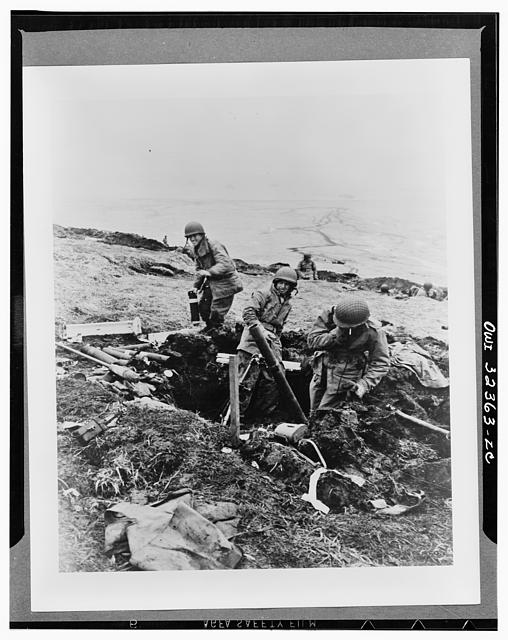
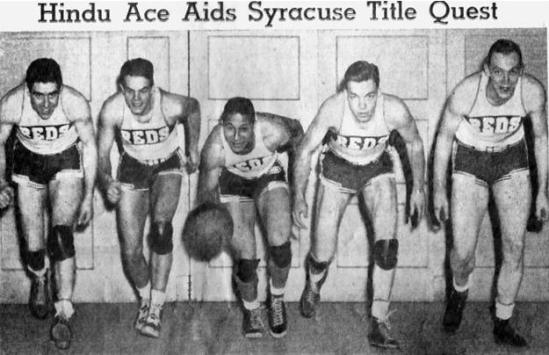
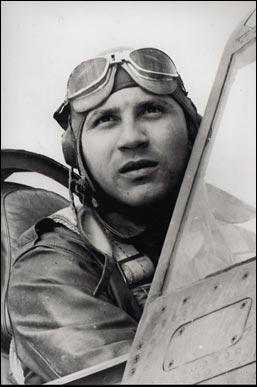
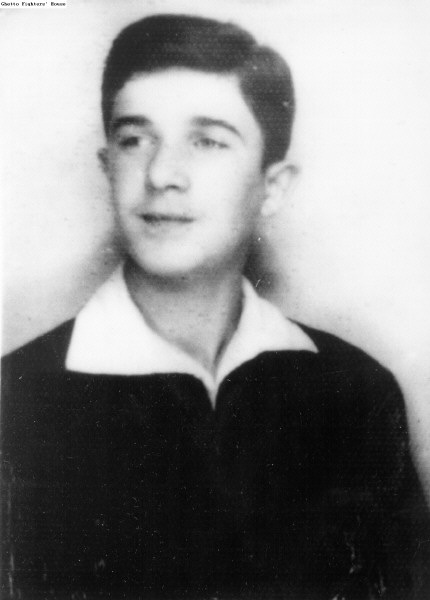 On May 8, 1943, Mordechai Anielewicz, along with his girlfriend and other members of the Zionist youth movement at Warsaw, allegedly took his own life as Nazi troops closed in.
On May 8, 1943, Mordechai Anielewicz, along with his girlfriend and other members of the Zionist youth movement at Warsaw, allegedly took his own life as Nazi troops closed in.
